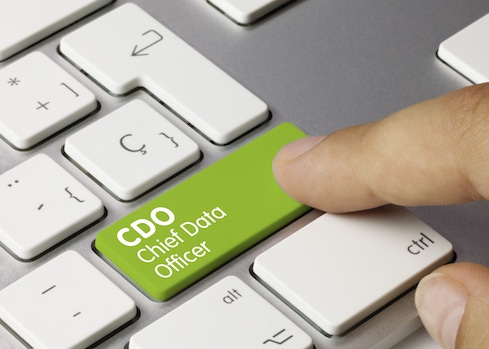CDOs are everywhere today, but are they really doing an effective job? Here's how you and your organization can make the most of data and analytics investments.

Chief Data Officers are suddenly everywhere. While there were only about 100 of them 7 years ago, today they number at around 10,000, according to Gartner, which has been tracking these executives since 2012.
"It goes up every month. We feel like the role is well established," said Debra Logan, distinguished vice president at Gartner. She spoke with InformationWeek about Gartner's annual CDO survey results and her recommendations for how CDO's can deliver the most value to their organizations.
The state of CDOs
Not only are they everywhere, but CDOs also have quite a bit of influence in the organization. Gartner's survey of 257 data and analytics leaders showed that the highest percentage of them, 30%, report into the CEO. The second highest percentage, 17%, report into the CIO while 15% report into the COO. Only about 5% report into the CTO and 4% report into the CFO.
A full 60% of CDOs saw the number of employees on their teams increase in the last year, while 35% said their team size stayed the same. Only 5% decreased their employee numbers year over year. Budgets also looked positive for CDOs with 53% reporting increased budgets, 42% reporting their budgets stayed the same, and 5% reporting their budgets decreased year over year.
What are you working on?
The highest percentage of CDOs, 60%, said they used their information assets to improve internal processes. Half said they focus on improving or developing new offerings by innovating with information. Gartner said that those numbers need to shift a little. To be successful, CDO's need to transition from a "defensive orientation" focused on cost cutting and efficiencies to an "offensive orientation" focused on increasing the value of products or services to customers by infusing them with information.
The survey also showed that some CDOs and their groups are selling their data and information. A full 29% said they were exchanging information with business partners in return for goods, services, or favorable contract terms. Another 19% were selling or licensing their information via data brokers or online marketplaces. Just 17% were selling or licensing their information for cash.
While CDOs' departments are maturing, many organizations still have a ways to go to make a real difference for their organizations.
"There are people who are succeeding and people who are failing," Logan said.
Some CDOs who are new to the role may not know where to start, Logan said. Other CDOs may make the mistake of spending their budget on an expensive software package that doesn't turn out to be the right fit for the projects that the organization pursues.
In other organizations the office of the CDO may have been created from inside the IT organization "and it ends up becoming another IT organization," Logan said. "That's not really what it should be…You don't need another IT department. Those are the people who fail the hardest."
Best practices for CDOs today
What you decide to do with your data and analytics program and your operating model is very important, Logan said.
"Don't focus on the technology," she said. Rather, focus on what you want to accomplish and focus on the data.
"Those that do a mix of strategic and tactical projects will be the most successful," she said. Part of that will be training and coaching users to become power users so they can do more with the data. Logan said it's just like the concept of teaching people to fish rather than giving them fish.
Many CDOs also create too many KPI (key performance indicators) and metrics. They want to measure more things. Instead, CDOs should hone their focus on a few key business-relevant metrics.
"If you can demonstrate what you are doing is creating value in some way, then that is what people want to see from you," Logan said. More metrics are not better. Give people a few to focus on.
Finally, Logan said, one of the biggest barriers to success is the same old culture change issue that IT organizations have been encountering since the beginning of time.
"It's getting people to understand how data works," Logan said. Maybe they need to learn what an "average" is. Maybe it's time for them to give up the spreadsheets that they've worked on every month since they started their jobs.
"It's tricky," Logan said. But cultural change is the biggest obstacle, just as it's always been.
For more coverage of today's data trends, check out:
Our data management and analytics section
Plus these stories:
7 Technologies You Need to Know for Artificial Intelligence
How AIOps Can Improve Data Center Management
Getting Machine Learning into Production: MLOps
Post-Hadoop Data and Analytics Head to the Cloud
About the Author(s)
You May Also Like







